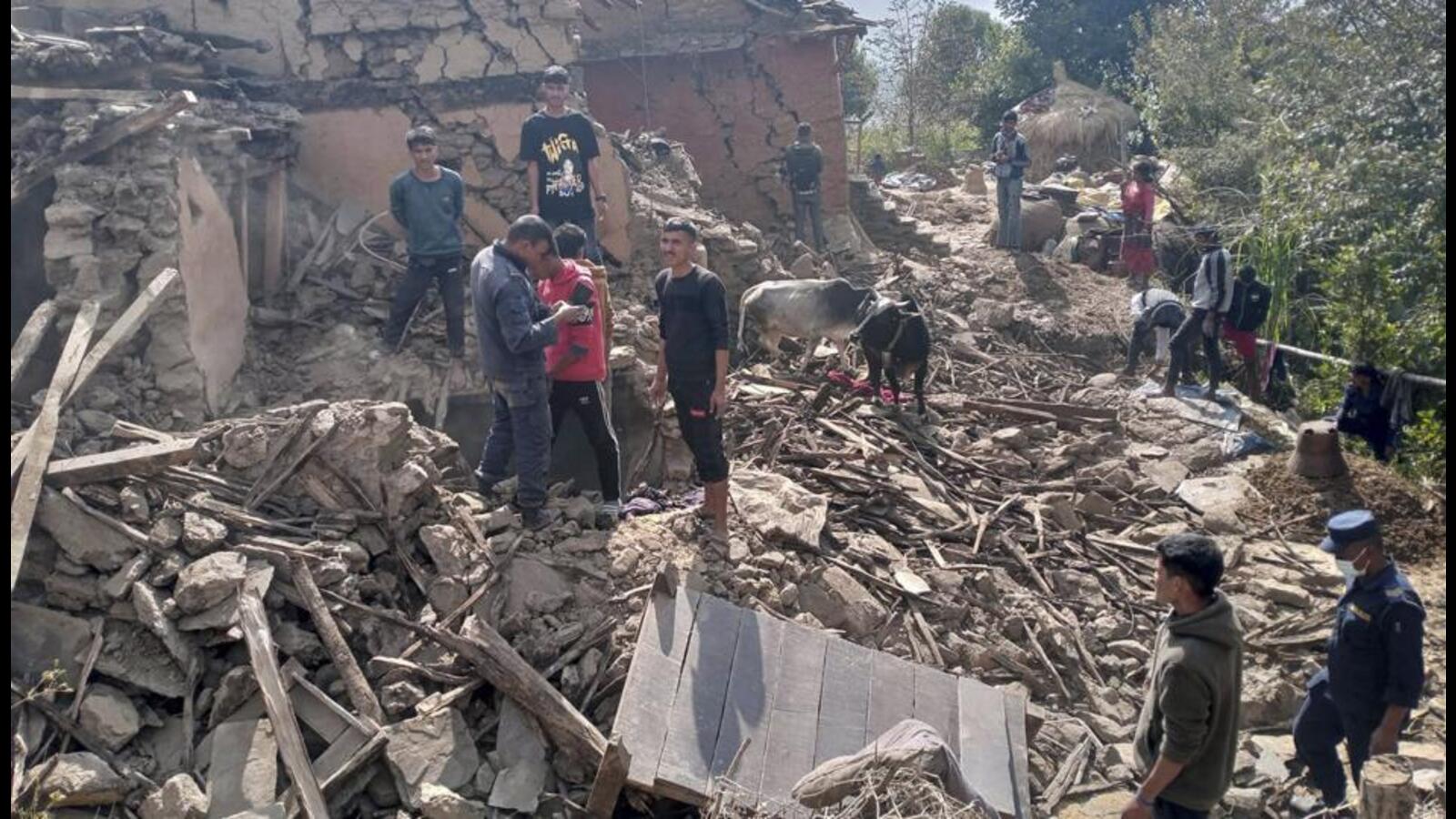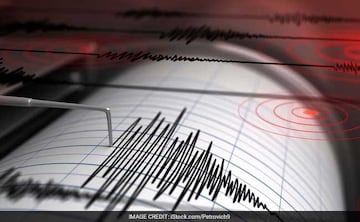Earthquake tremors Delhi-NCR Again, Prompting Concerns for Safety

Earthquake tremors Delhi-NCR Again, Prompting Concerns for Safety
In a disconcerting recurrence, seismic tremors once again rattled Delhi on a recent Sunday, raising apprehensions and prompting residents to reflect on their preparedness for such natural disasters. Just earlier this month, a potent earthquake had sent shockwaves through parts of northern India, including the bustling urban expanse of Delhi and its surrounding areas. The frequent seismic activity serves as a stark reminder of the region’s vulnerability to earthquakes, an often underestimated risk in this densely populated part of the country.
A Wake-up Call:
On that fateful Sunday, the ground beneath Delhi-NCR quivered, sending people scurrying for safety. The tremors, though short-lived, were strong enough to trigger concern among residents who vividly remembered the quake that had struck earlier in the month. As the news of the earthquake spread, social media platforms buzzed with anxious updates. One user, in a tweet, expressed the prevailing sentiment, saying, “Short but strong earthquake tremors in Delhi-NCR. Hope everyone is safe.”
This resurgence of seismic activity is a stark wake-up call for the region, which, due to its geographical location, is prone to earthquakes. Though such events are often sporadic and unpredictable, preparedness and awareness remain crucial in mitigating potential risks and minimizing casualties.
A Delicate Geological Setting:
Delhi-NCR’s geological setting is a complex mosaic of active fault lines, making it susceptible to earthquakes. The region is positioned near the confluence of the Indian tectonic plate and the Eurasian plate, making it a hotspot for seismic activity. The ongoing movement and collision of these plates cause stress to accumulate along fault lines, which, when released, can lead to the ground-shaking events we perceive as earthquakes.
This geological vulnerability isn’t exclusive to Delhi-NCR. In fact, a significant portion of northern India, stretching from the Himalayas to the Gangetic plains, is prone to seismic activity. The seismic threat, therefore, extends to many other populous regions of the country.
Understanding Earthquakes:
Earthquakes occur when there is a sudden release of energy in the Earth’s crust, which results in the propagation of seismic waves. The primary factors contributing to this release of energy are tectonic plate movements and the accumulation of stress along fault lines.
The earthquakes’ magnitude is measured using the Richter scale, with each unit increase representing a tenfold increase in amplitude of seismic waves. Therefore, a magnitude 6 earthquake is ten times more powerful than a magnitude 5 earthquake. The duration of an earthquake can vary, with some lasting just a few seconds, while others can persist for several minutes.
The destruction caused by an earthquake depends not only on its magnitude but also on the depth at which it occurs, the distance from the epicenter, and the local geological conditions. Shallow earthquakes, closer to populated areas, tend to cause more damage and casualties.

Recalling Recent Shudders:
The most recent tremor in Delhi-NCR, which occurred earlier this month, had a magnitude of 5.5 on the Richter scale. While it may seem relatively moderate, it was enough to send shockwaves through the region. This earthquake was followed by several aftershocks, further unsettling the residents.
While the damage was limited, it served as a stark reminder of the region’s vulnerability and the importance of preparedness. Fortunately, there were no reports of significant casualties, but the event underscored the need for heightened awareness and improved infrastructure to mitigate the potential risks associated with earthquakes.

Emergency Preparedness:
In light of these recent seismic activities, emergency preparedness becomes paramount. Residents and authorities should work together to ensure that they are adequately equipped to deal with such natural disasters.
1. Earthquake-Resistant Infrastructure: The construction of earthquake-resistant buildings and infrastructure is a critical aspect of mitigating damage during seismic events. Proper engineering and construction practices can significantly reduce the risk of structural collapses and casualties.
2. Education and Awareness: Residents must be educated about earthquake safety measures. This includes knowing how to “Drop, Cover, and Hold On” during the shaking, having emergency kits, and establishing family communication plans.
3. Early Warning Systems: The development and implementation of early warning systems can provide valuable seconds to minutes of alert, allowing people to seek safety before the shaking starts.
4. Drills and Exercises: Conducting regular earthquake drills and exercises in schools, offices, and communities can familiarize people with the necessary response actions.
5. Public Outreach: Governments, non-governmental organizations, and the media should work together to raise awareness about earthquake risks and preparedness.
The Importance of Regional Cooperation:
Earthquake preparedness is not limited to individual households or cities; it requires a coordinated regional approach. Given that an earthquake’s impact can extend across borders, neighboring states and countries should also work together to share information and resources for better disaster management.

Conclusion:
The recurring earthquake tremors in Delhi-NCR are a stark reminder of the region’s vulnerability to seismic activity. As a densely populated and economically vital area, it is crucial that residents and authorities take these warnings seriously and prioritize earthquake preparedness.
While earthquakes are unpredictable, their impact can be mitigated through the concerted efforts of individuals, communities, and government bodies. The recent tremors should serve as a catalyst for increased awareness, better infrastructure, and collaborative regional efforts to ensure the safety and well-being of everyone in Delhi-NCR.
It is high time that the region acknowledges the seismic reality it faces and takes the necessary steps to protect its residents and infrastructure. Only through proactive measures and informed decision-making can Delhi-NCR truly be earthquake-ready and resilient in the face of future seismic challenges.




